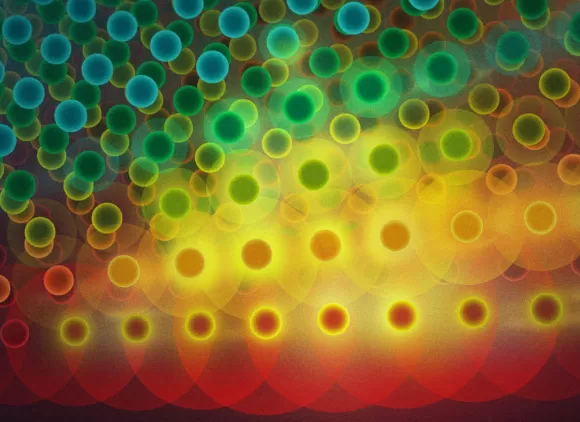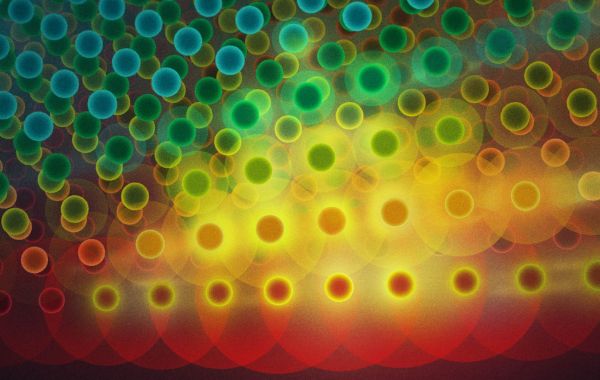About the series
Lecturer:
M. Satyanarayanan Carnegie Group Professor of Computer Science School of Computer Science Carnegie Mellon University
Hardly a day passes without news of another development in wireless communication, wearable computers, palmtops, or some other aspect of mobile computing. Yet, in spite of this frenzied activity, thoughtful computer scientists have nagging doubts about the intellectual depth of this field. The shrinking of machines and the transmission of data without wires may be technical marvels. But is there anything more to mobile computing? Is it a passing fad, or will it be the source of enduring new challenges in computer science? I will address these questions by first examining the fundamental constraints of mobile information access. These constraints lead to the realization that adaptation is a critical requirement for mobility. Providing support for adaptation has many consequences that pervade system design. I will briefly report on our experience with Coda and Odyssey, two experimental systems for mobile information access. The experience we have gained with these systems reveals a number of deep conceptual issues that have relevance outside mobile computing. The concluding part of this talk will discuss these issues and explore their long-term implications. Professor Satyanarayanan is an experimental computer scientist who has pioneered research in the field of mobile information access. One outcome of this work is the Coda File System, which supports disconnected and bandwidth-adaptive operation. Key ideas from Coda have been incorporated by Microsoft into the IntelliMirror component of Windows. Another outcome is Odyssey, a set of open-source operating system extensions for enabling mobile applications to adapt to variation in critical resources such as bandwidth and energy. Coda and Odyssey are building blocks in Project Aura, a new research initiative at Carnegie Mellon to build a distraction-free ubiquitous computing environment. Earlier, Satyanarayanan was a principal architect and implementer of the Andrew File System, which was commercialized by IBM.
Travel Directions to the NSF:
NSF Room 110 is behind the first floor guard's desk. Room 110 is an open access room and no NSF badge is needed.
M. Satyanarayanan Carnegie Group Professor of Computer Science School of Computer Science Carnegie Mellon University
Hardly a day passes without news of another development in wireless communication, wearable computers, palmtops, or some other aspect of mobile computing. Yet, in spite of this frenzied activity, thoughtful computer scientists have nagging doubts about the intellectual depth of this field. The shrinking of machines and the transmission of data without wires may be technical marvels. But is there anything more to mobile computing? Is it a passing fad, or will it be the source of enduring new challenges in computer science? I will address these questions by first examining the fundamental constraints of mobile information access. These constraints lead to the realization that adaptation is a critical requirement for mobility. Providing support for adaptation has many consequences that pervade system design. I will briefly report on our experience with Coda and Odyssey, two experimental systems for mobile information access. The experience we have gained with these systems reveals a number of deep conceptual issues that have relevance outside mobile computing. The concluding part of this talk will discuss these issues and explore their long-term implications. Professor Satyanarayanan is an experimental computer scientist who has pioneered research in the field of mobile information access. One outcome of this work is the Coda File System, which supports disconnected and bandwidth-adaptive operation. Key ideas from Coda have been incorporated by Microsoft into the IntelliMirror component of Windows. Another outcome is Odyssey, a set of open-source operating system extensions for enabling mobile applications to adapt to variation in critical resources such as bandwidth and energy. Coda and Odyssey are building blocks in Project Aura, a new research initiative at Carnegie Mellon to build a distraction-free ubiquitous computing environment. Earlier, Satyanarayanan was a principal architect and implementer of the Andrew File System, which was commercialized by IBM.
Travel Directions to the NSF:
NSF Room 110 is behind the first floor guard's desk. Room 110 is an open access room and no NSF badge is needed.




